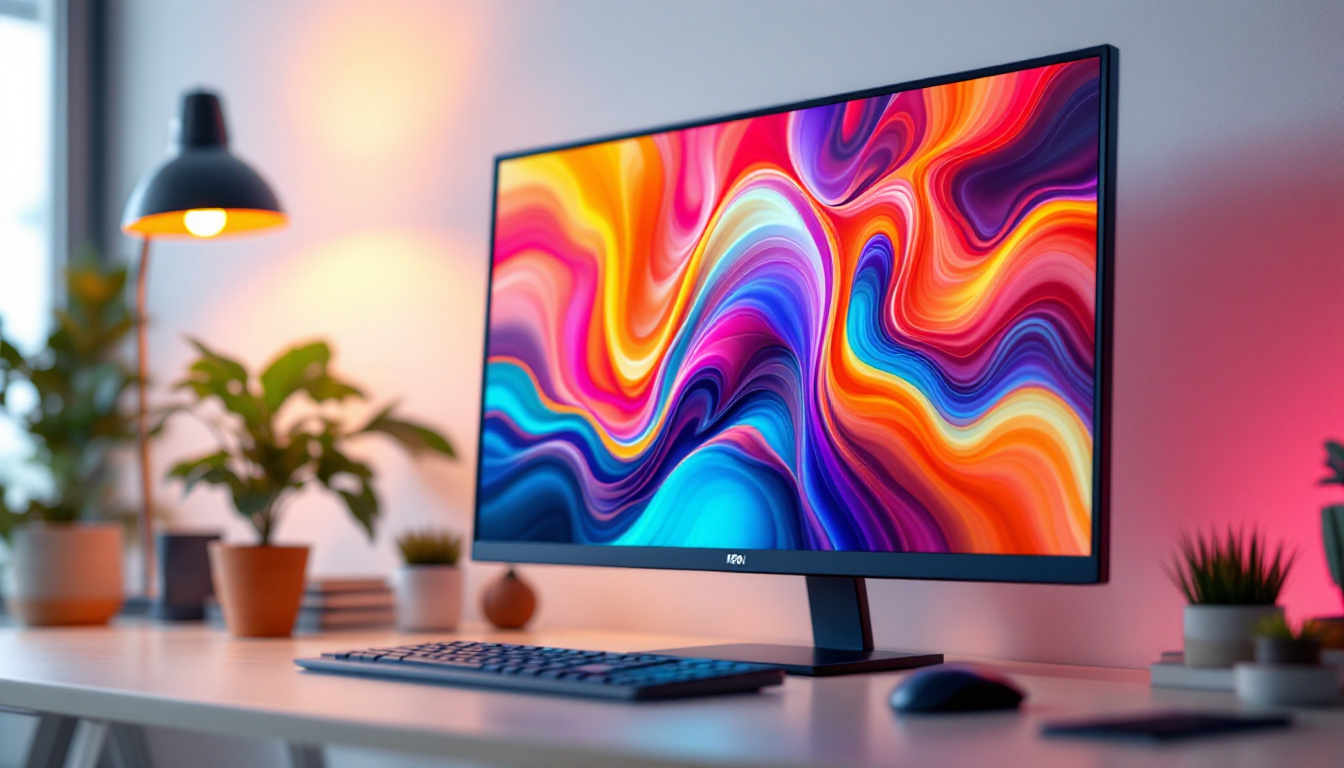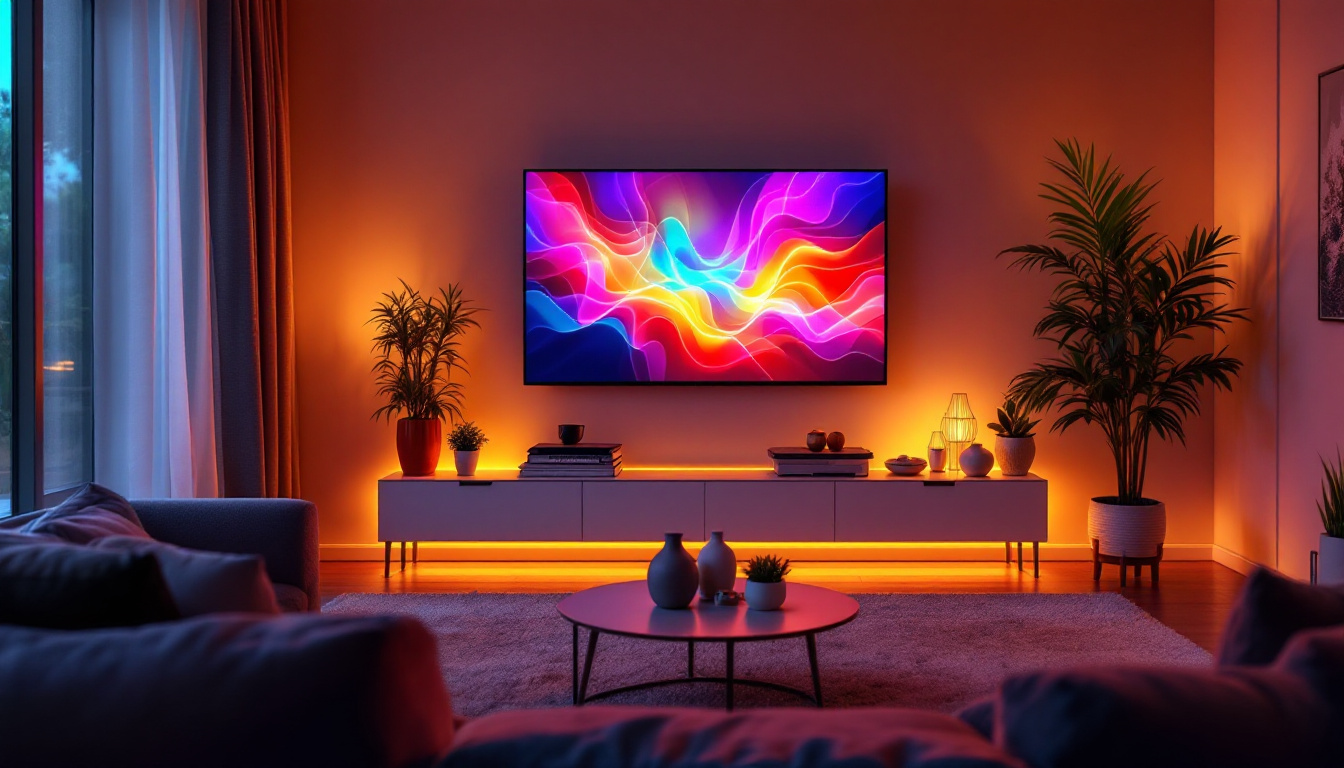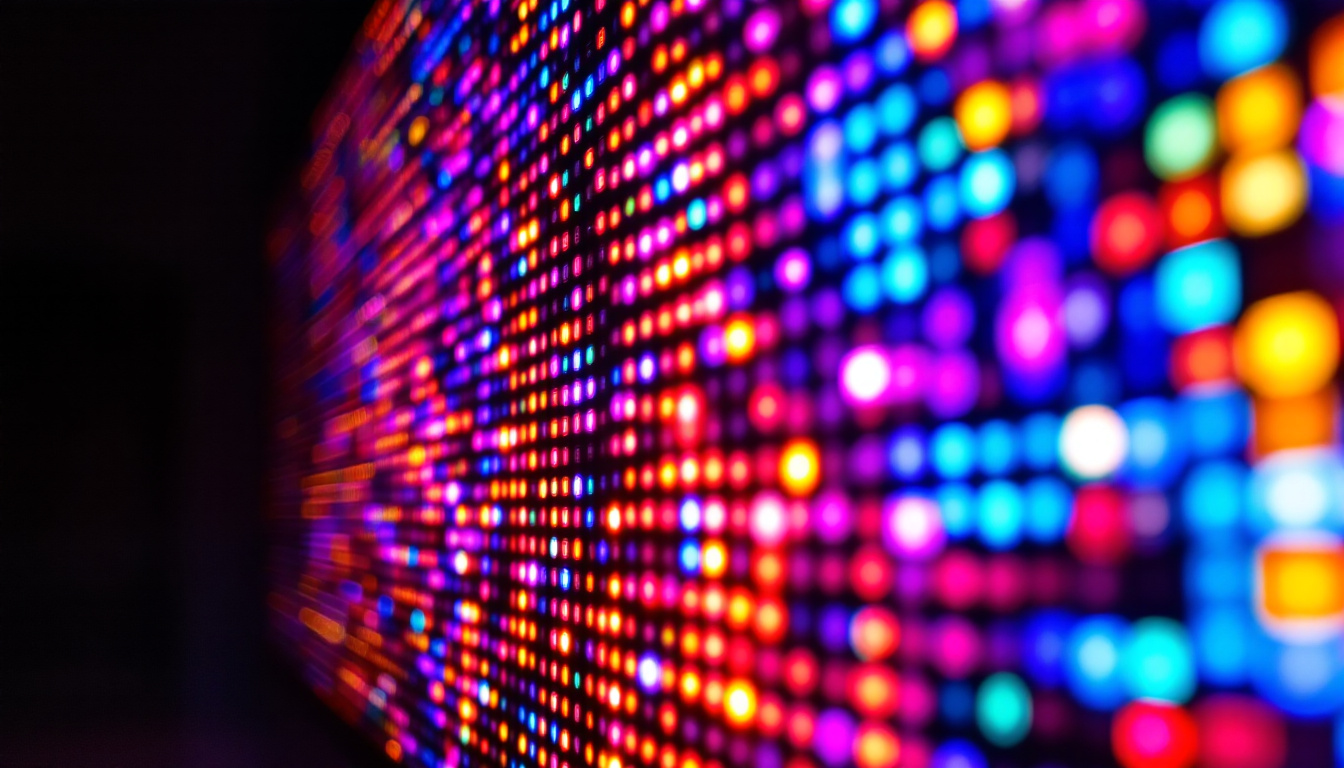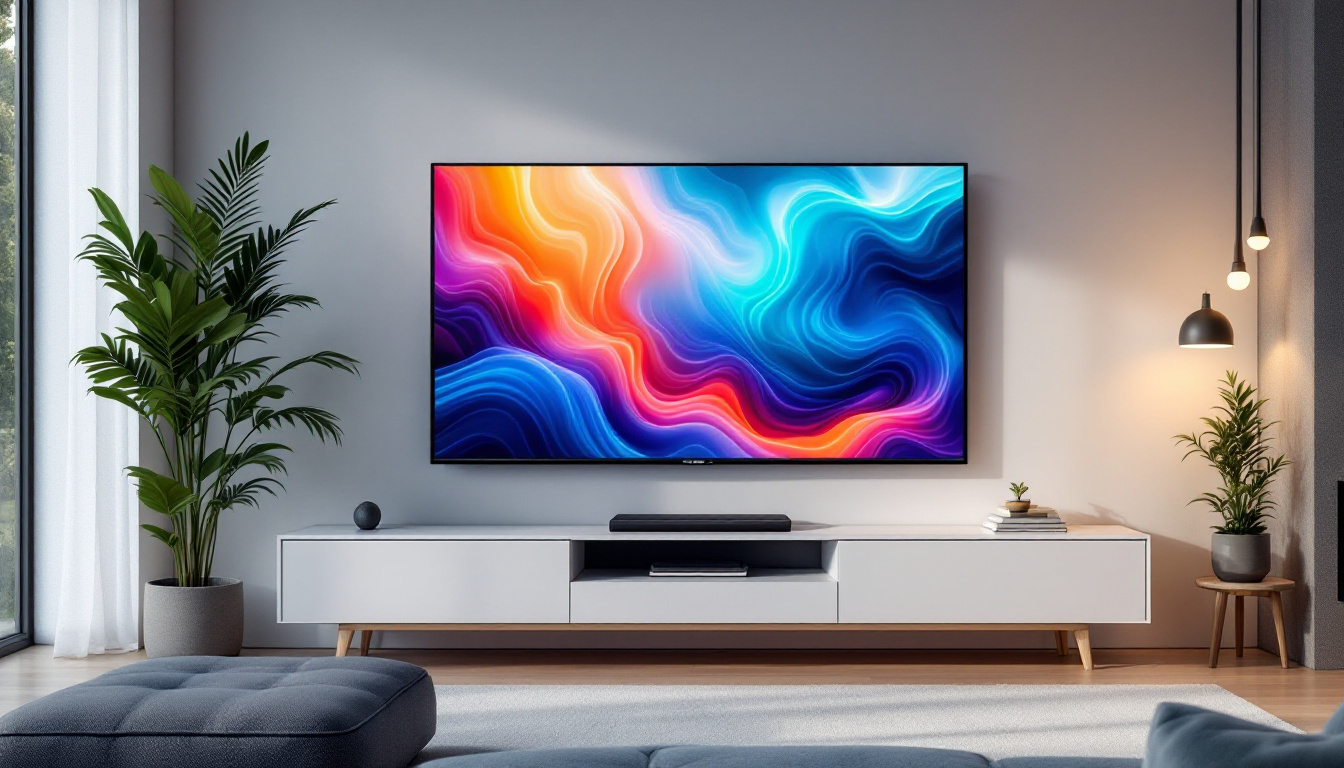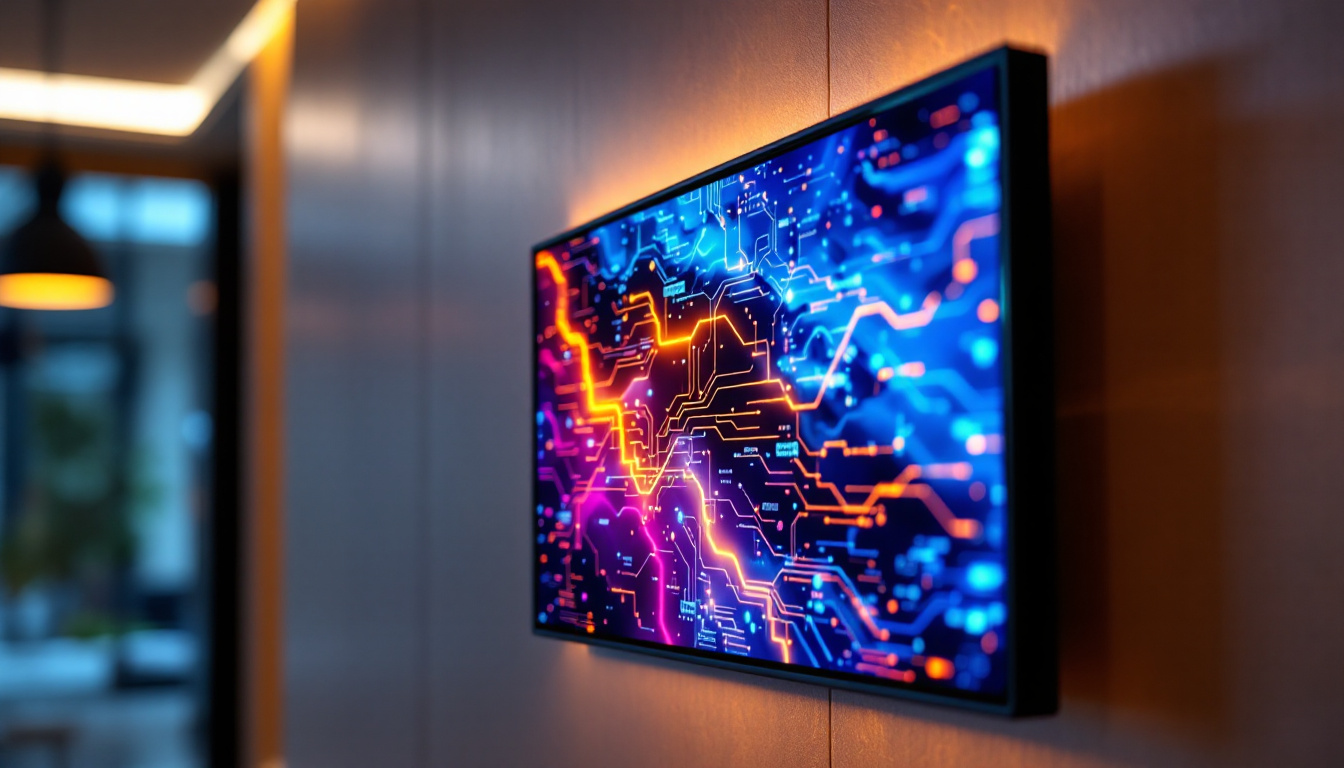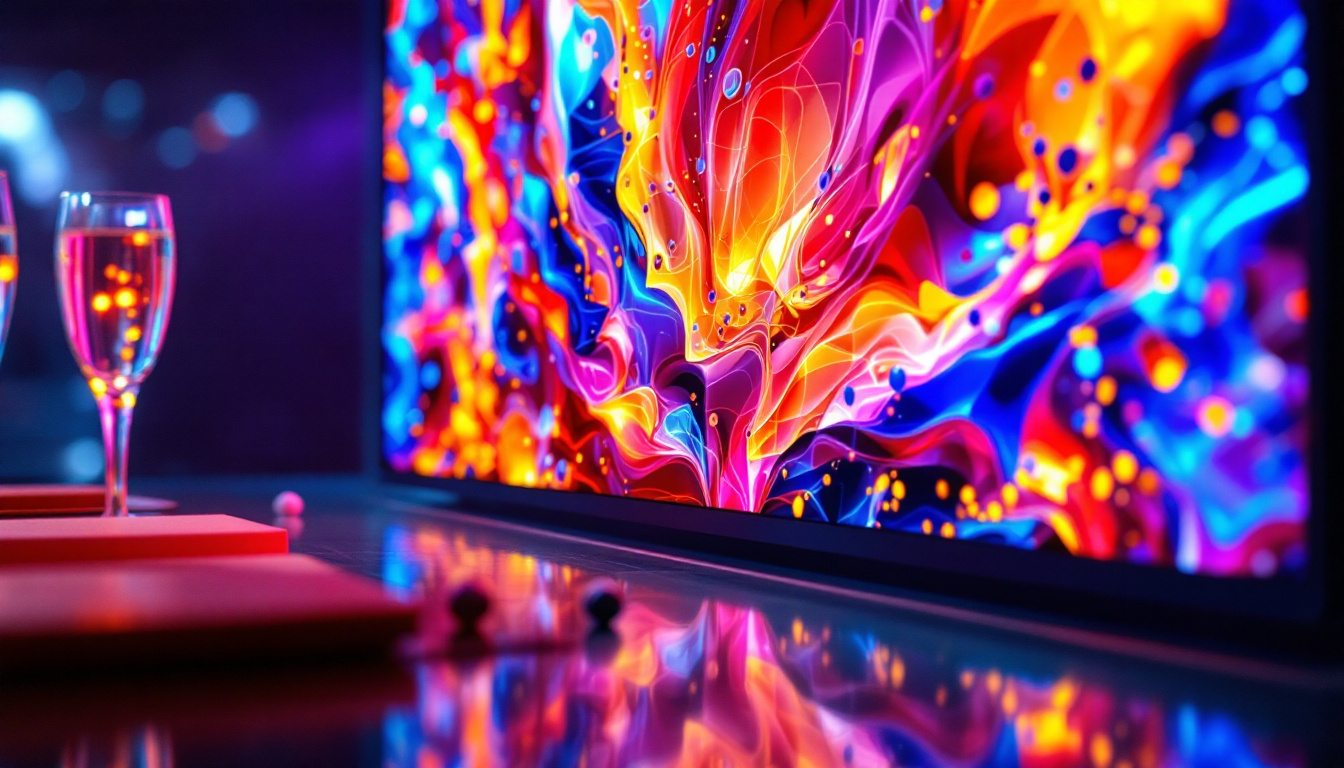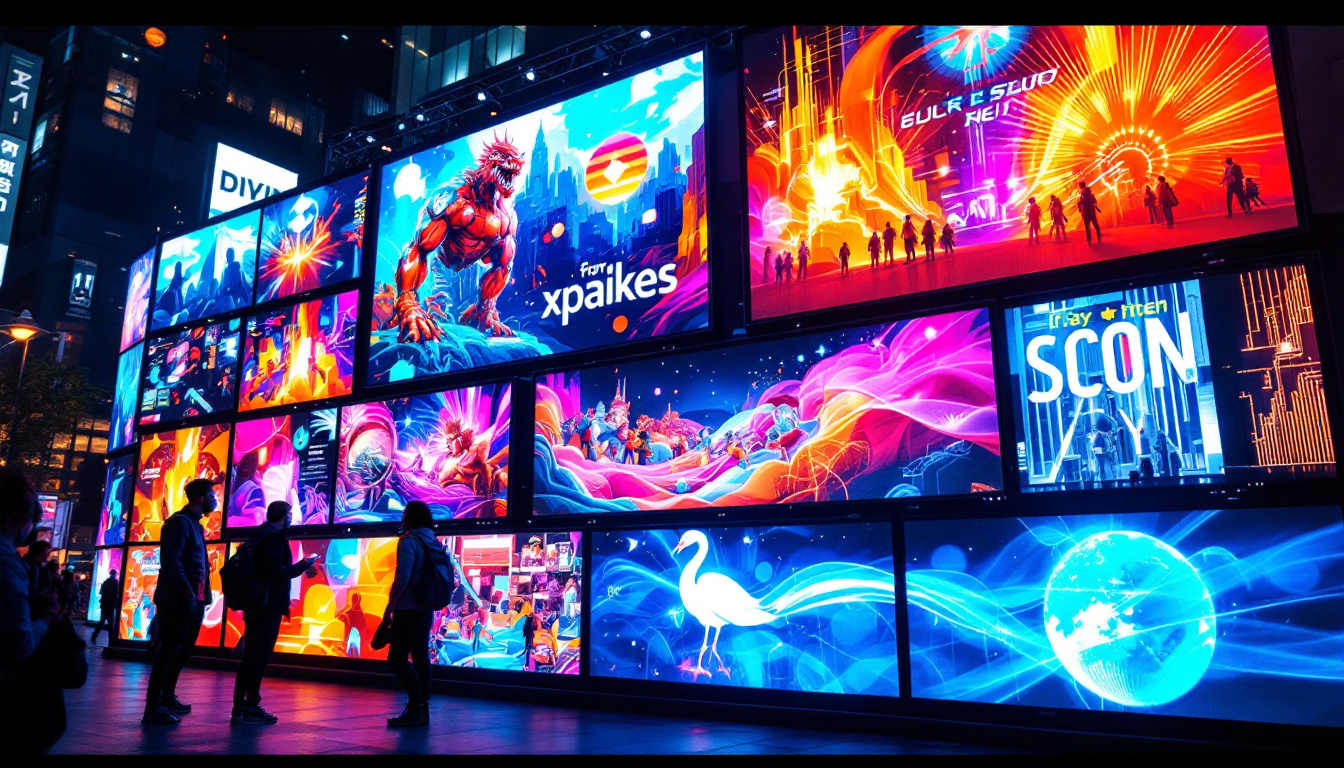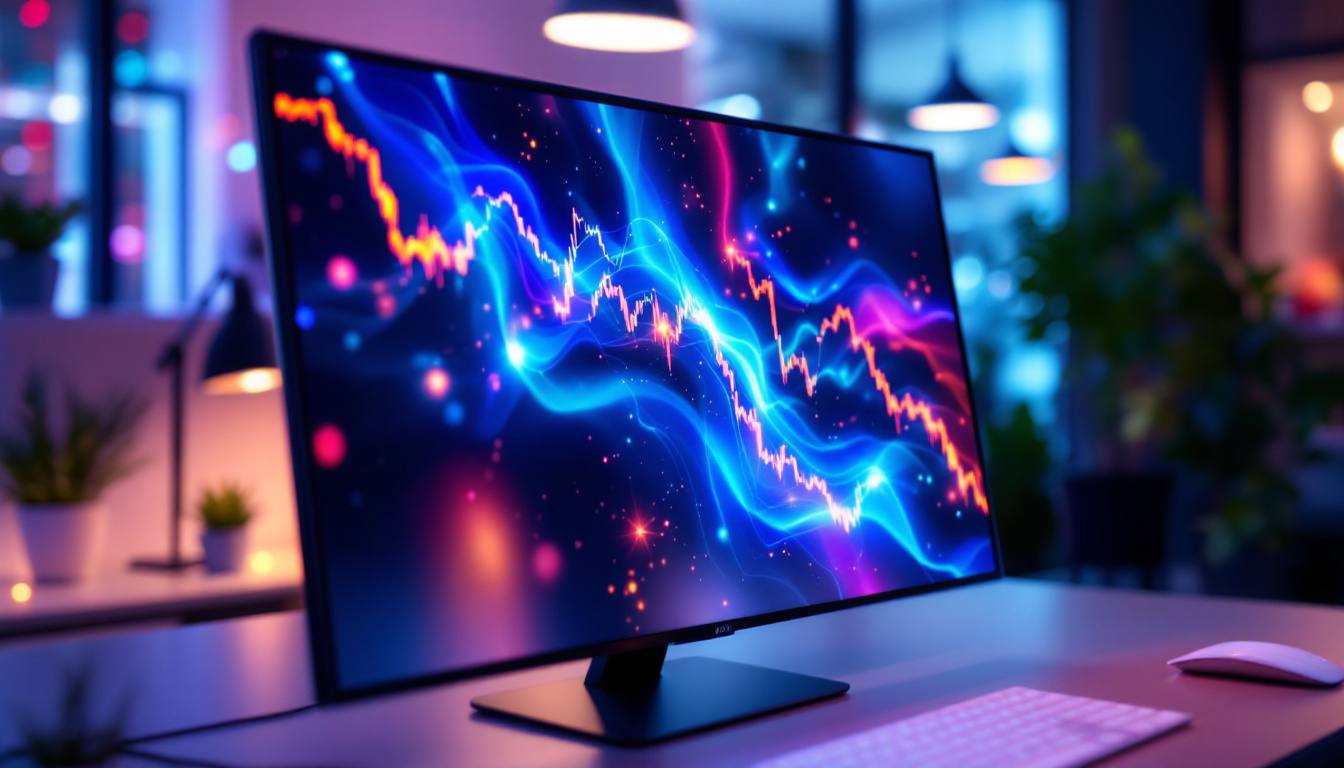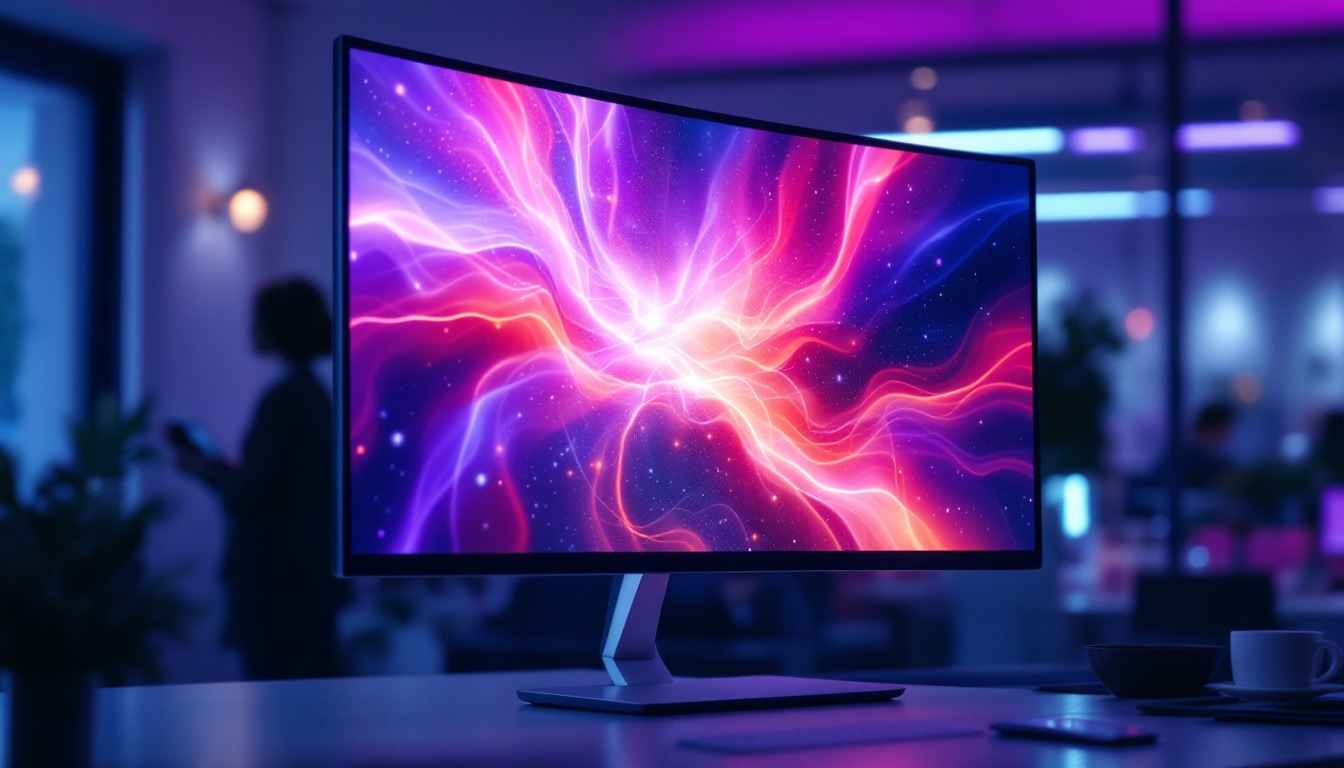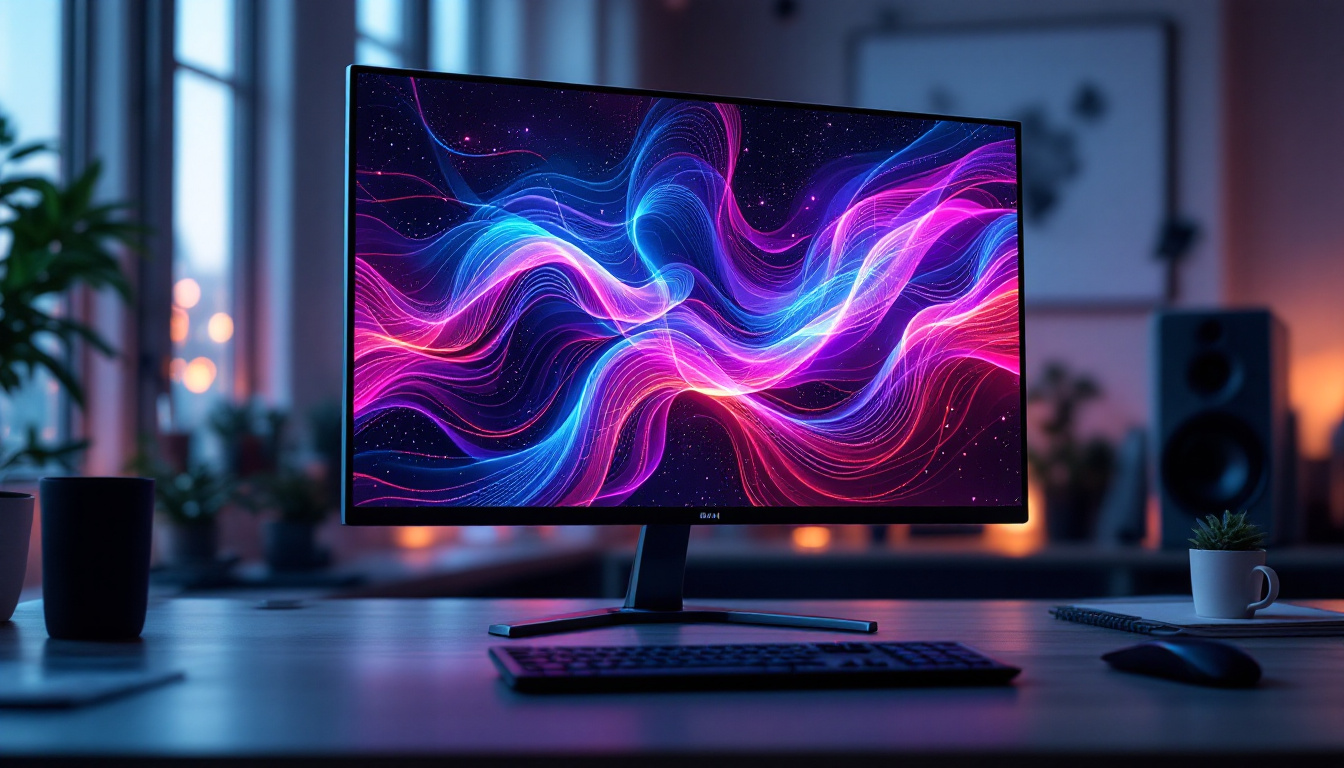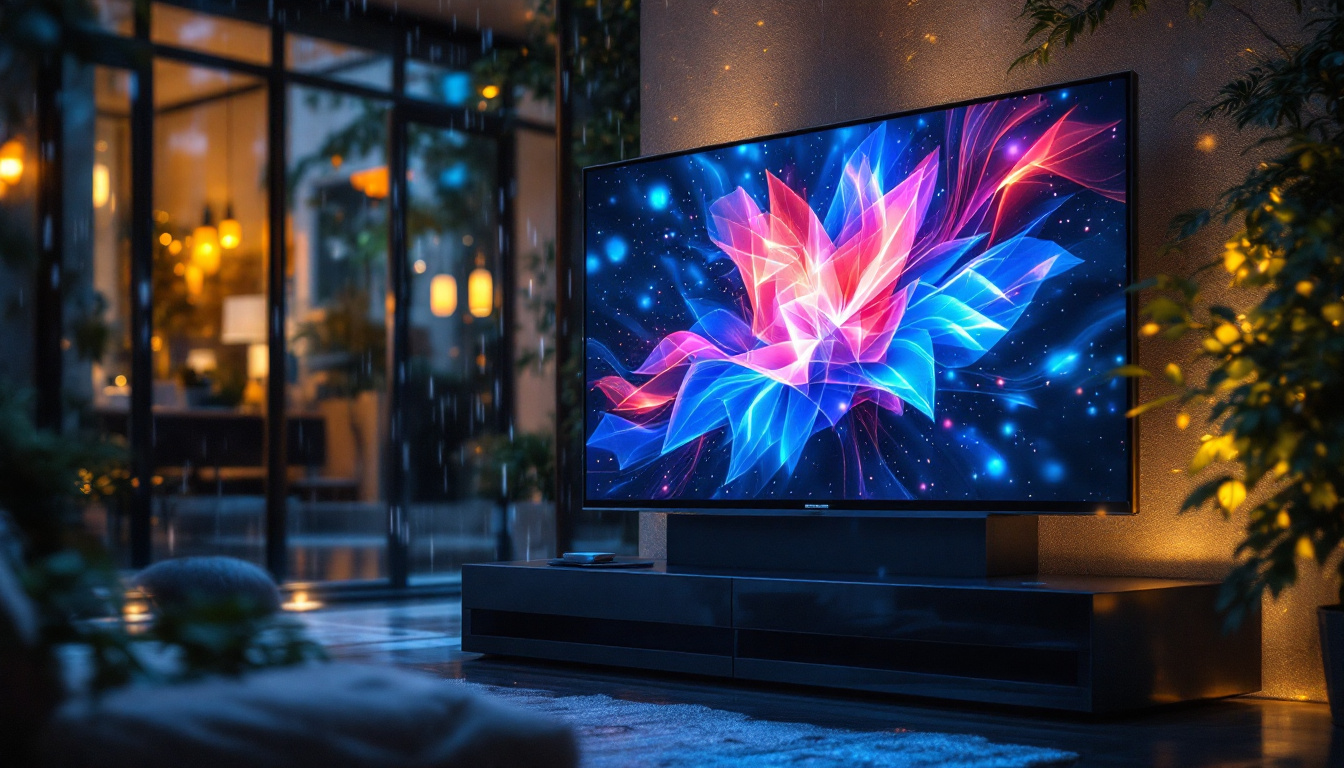In the realm of modern technology, displays play a pivotal role in enhancing user experience across various devices. Among these, LCD panel monitors equipped with LED backlighting have become increasingly popular. This article delves into the intricacies of LCD panel monitors with LED displays, exploring their technology, benefits, and applications.
Understanding LCD Technology
Liquid Crystal Display (LCD) technology has revolutionized the way images are presented on screens. Unlike traditional cathode-ray tube (CRT) monitors, LCDs utilize liquid crystals sandwiched between layers of glass or plastic. These crystals manipulate light to create images, offering numerous advantages in terms of size, weight, and energy efficiency.
How LCD Works
At its core, an LCD monitor operates by controlling the amount of light that passes through the liquid crystals. The display is illuminated from behind, typically by a fluorescent lamp or, more commonly today, by LEDs. When an electric current is applied, the liquid crystals align in such a way that they either block or allow light to pass through, creating the desired image on the screen.
This technology allows for thinner and lighter displays compared to their CRT counterparts. Additionally, LCDs can achieve higher resolutions, providing sharper images and more vibrant colors. The use of LED backlighting further enhances the display quality, offering better contrast ratios and energy efficiency, which is particularly beneficial for portable devices like laptops and tablets.
Types of LCD Panels
There are several types of LCD panels, each with unique characteristics and applications. The most common types include Twisted Nematic (TN), In-Plane Switching (IPS), and Vertical Alignment (VA). Each of these technologies offers different advantages in terms of color accuracy, viewing angles, and response times.
For instance, TN panels are known for their fast response times, making them ideal for gaming. In contrast, IPS panels excel in color reproduction and wider viewing angles, making them suitable for graphic design and professional photo editing. VA panels, on the other hand, are praised for their deep blacks and high contrast ratios, making them popular for home theater setups where cinematic experience is paramount. Each type of panel serves distinct purposes, catering to the diverse needs of consumers and professionals alike, ensuring that there is an LCD solution for nearly every application.
The Role of LED Backlighting
LED (Light Emitting Diode) backlighting has become the standard for modern LCD monitors. This technology enhances the overall performance of LCD displays, providing brighter images and better contrast ratios. The shift from traditional backlighting methods to LED has revolutionized how we experience visual content, making it more immersive and engaging.
Benefits of LED Backlighting
One of the primary advantages of LED backlighting is energy efficiency. Compared to traditional fluorescent backlights, LEDs consume less power, which translates to lower electricity bills and a reduced carbon footprint. Additionally, LED backlit displays can achieve higher brightness levels, making them suitable for use in well-lit environments. This energy efficiency not only benefits consumers financially but also contributes to a more sustainable future, as manufacturers increasingly focus on eco-friendly technologies.
LED technology also allows for more precise control over brightness and contrast, resulting in deeper blacks and more vibrant colors. This is particularly beneficial for watching movies or playing video games, where image quality is paramount. The enhanced color accuracy provided by LED backlighting can bring out subtle details in visuals, making scenes more lifelike and captivating. Furthermore, the rapid response time of LEDs minimizes motion blur, ensuring that fast-paced action sequences are displayed smoothly, which is essential for gamers and film enthusiasts alike.
Types of LED Backlighting
There are two main types of LED backlighting: edge-lit and full-array. Edge-lit LED displays have LEDs positioned along the edges of the screen, allowing for a thinner design. However, this can sometimes result in uneven brightness across the display. Despite this drawback, edge-lit technology is often favored for its sleek aesthetics and lightweight profile, making it a popular choice for ultra-thin televisions and monitors.
Full-array LED backlighting, on the other hand, utilizes a grid of LEDs behind the entire screen. This setup provides more uniform brightness and better contrast, as it allows for local dimming, where specific areas of the screen can be dimmed independently to enhance dark scenes. This capability is particularly advantageous for HDR (High Dynamic Range) content, as it enables a wider range of brightness levels and colors, creating a more dynamic viewing experience. As the demand for high-quality visual content continues to rise, full-array LED backlighting is becoming increasingly prevalent in premium display models, catering to consumers who seek the best in picture quality.
Advantages of LCD Monitors with LED Displays
The combination of LCD technology and LED backlighting offers several advantages that make these monitors a popular choice for both personal and professional use.
Image Quality
One of the standout features of LCD monitors with LED displays is their superior image quality. The ability to produce vibrant colors and sharp images makes them ideal for a variety of applications, from gaming to graphic design. The enhanced contrast ratios provided by LED backlighting further improve the viewing experience, allowing for more detailed visuals.
Energy Efficiency
Energy efficiency is a significant consideration in today’s environmentally conscious world. LED backlit LCD monitors consume less power than traditional displays, making them a more sustainable option. This not only benefits the environment but also results in cost savings for users over time.
Thin and Lightweight Design
LCD monitors are inherently thinner and lighter than CRT monitors, but the addition of LED backlighting takes this a step further. The slim profile of LED displays makes them easy to mount on walls or fit into tight spaces, catering to modern aesthetic preferences and practical needs.
Applications of LCD Monitors with LED Displays
The versatility of LCD monitors with LED displays allows them to be utilized in a wide range of applications. From home entertainment systems to professional workstations, these monitors cater to diverse needs.
Home Entertainment
In the realm of home entertainment, LED-backlit LCD monitors provide an immersive viewing experience. Whether for watching movies, streaming shows, or gaming, the enhanced color accuracy and contrast make them a popular choice among consumers. Many modern televisions utilize similar technology, ensuring a consistent experience across devices.
Professional Use
For professionals in fields such as graphic design, photography, and video editing, the color accuracy and resolution offered by LCD monitors with LED displays are crucial. These monitors allow for precise editing and accurate representation of colors, ensuring that the final output meets the desired standards.
Gaming
Gamers also benefit significantly from LCD monitors with LED backlighting. The fast response times of certain panel types, combined with high refresh rates, provide a smooth gaming experience. Additionally, the vibrant colors and deep blacks enhance the overall immersion, making gaming more enjoyable.
Choosing the Right LCD Monitor with LED Display
When selecting an LCD monitor with LED display technology, several factors should be considered to ensure it meets the user’s specific needs.
Resolution
Resolution is a critical factor that determines the clarity and detail of the images displayed. Common resolutions include Full HD (1920×1080), Quad HD (2560×1440), and 4K (3840×2160). Higher resolutions provide more detail, making them ideal for tasks that require precision, such as graphic design or video editing.
Refresh Rate
The refresh rate, measured in hertz (Hz), indicates how many times the screen refreshes its image per second. A higher refresh rate results in smoother motion, which is particularly important for gaming. Monitors with refresh rates of 144Hz or higher are popular among gamers for this reason.
Panel Type
As previously mentioned, the type of LCD panel significantly affects performance. TN panels are suitable for fast-paced gaming, while IPS panels are better for color-critical work. VA panels offer a balance between the two, providing decent color reproduction and good contrast ratios. Understanding the intended use will help in selecting the right panel type.
Maintenance and Care for LCD Monitors
To ensure the longevity and optimal performance of LCD monitors with LED displays, proper maintenance and care are essential.
Cleaning the Screen
Dust and fingerprints can accumulate on the screen, affecting visibility. To clean the monitor, it is recommended to use a microfiber cloth slightly dampened with water or a specialized screen cleaner. Avoid using harsh chemicals or abrasive materials that could damage the screen.
Adjusting Settings
Most monitors come with various settings that can be adjusted for optimal viewing. Brightness, contrast, and color settings can be fine-tuned to suit personal preferences or specific tasks. Regularly reviewing these settings can enhance the viewing experience and reduce eye strain.
Proper Positioning
Positioning the monitor correctly can also impact its performance and the user’s comfort. The monitor should be at eye level, and the distance from the eyes should be about an arm’s length away. Proper positioning helps reduce glare and minimizes neck strain, contributing to a more comfortable viewing experience.
Future Trends in LCD and LED Technology
The landscape of display technology is continually evolving, with advancements in LCD and LED technologies promising exciting developments in the future.
Mini-LED and Micro-LED
Mini-LED and Micro-LED technologies are emerging as potential successors to traditional LED backlighting. Mini-LEDs offer finer control over local dimming, resulting in improved contrast and brightness. Micro-LED technology, on the other hand, utilizes tiny self-emitting LEDs, eliminating the need for backlighting altogether. This innovation could lead to even thinner displays with superior image quality.
Enhanced Color Accuracy
Future advancements may also focus on improving color accuracy and gamut. Technologies such as quantum dots are being explored to enhance color reproduction, making displays more vibrant and true to life. This could have significant implications for industries that rely on precise color representation.
Integration with Smart Technology
As smart technology continues to permeate everyday life, the integration of LCD monitors with LED displays into smart ecosystems is likely to increase. Features such as voice control, smart connectivity, and built-in applications could transform the way users interact with their displays, making them more versatile and user-friendly.
Conclusion
LCD panel monitors with LED displays represent a significant advancement in display technology, offering a blend of superior image quality, energy efficiency, and versatility. Understanding the technology behind these monitors, their benefits, and their applications can help consumers make informed decisions when selecting a display that meets their needs. As technology continues to evolve, the future of LCD and LED displays promises even more exciting innovations, further enhancing the user experience.
Discover LumenMatrix’s Advanced LED Display Solutions
Ready to experience the pinnacle of display technology? LumenMatrix invites you to explore our comprehensive range of LED display solutions. From vibrant Indoor LED Walls to dynamic Outdoor LED Displays, and from versatile Vehicle LED Displays to innovative Custom LED Solutions, we have everything you need to bring your visual communications to life. Our mission is to empower your business with displays that captivate, engage, and deliver your message with unparalleled clarity. Don’t miss out on the opportunity to transform your space with our cutting-edge LED technology. Check out LumenMatrix LED Display Solutions today and see the difference for yourself!

